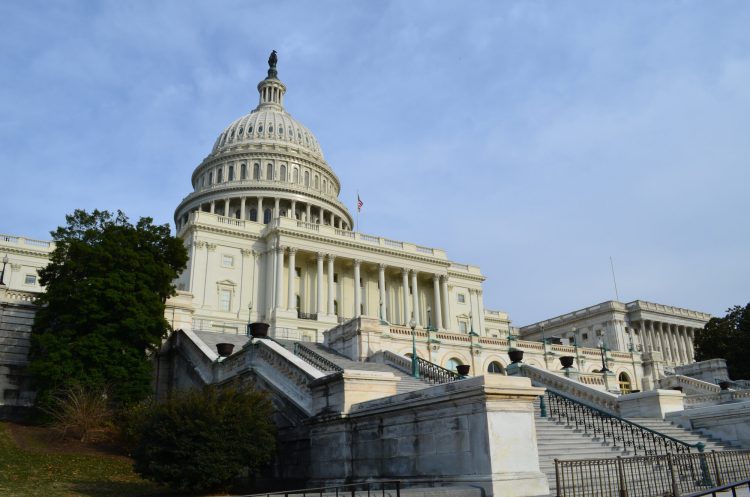This guest column was published March 12 in The Hill. It was written by Concord Coalition Executive Director Robert L. Bixby.
A major argument used by proponents of last year’s tax-cut legislation was that it would boost the economy. Regardless of how that turns out, partisans on both sides generally agreed that growing the economy over the long term was an important goal. It is, therefore, odd that the debate over immigration reform has been so devoid of economic analysis.
Given the demographic headwinds facing the economy, the case for providing at least some undocumented workers with a pathway to citizenship, and for increasing legal immigration in general, is far more compelling than the case for large deficit-financed tax cuts.
Fundamentally, long-term economic growth depends upon an expanding workforce and making that workforce more productive. Higher economic growth would improve wages, bring in more federal revenues and help put the budget on a sustainable path.
Based on current trends, however, the outlook for growth is not encouraging.
The Congressional Budget Office (CBO) projects that the economy will grow at an average annual rate of just 1.9 percent over the next 30 years (adjusted for inflation). That would be a significant drop from the 2.6 percent average rate over the past 30 years.
The CBO is not being pessimistic. Demographic changes justify these slower-growth projections.
Since 1950, the growth in potential GDP (the maximum possible production of the economy if all resources were fully utilized) has been, in roughly equal parts, because of a growing labor force and rising productivity.
Over the coming decades, CBO projects labor force growth will be just one-third of the recent historical average as baby boomers retire, and productivity growth will be slightly below its average since 1950. This means that achieving growth anywhere near past levels will require new policies that increase the size of the labor force and improve productivity.
Many studies have indicated that higher levels of immigration could help with both. While it is not a magic bullet, it would be a source of strength for the economy.
The National Academy of Sciences (NAS) concluded in a 2016 report: “Immigration is integral to the nation’s economic growth. The inflow of labor supply has helped the United States avoid the problems facing other economies that have stagnated as a result of unfavorable demographics, particularly the effects of an aging workforce and reduced consumption by older residents.”
A 2017 Bipartisan Policy Center report said: “Immigration provides working-age population growth that helps support growing ranks of retirees. Immigrants also add to economic growth through innovation and entrepreneurship, assisting with productivity increases that help offset labor-force declines.”
Increasingly, leaders of business and labor organizations are converging on the basic idea that pro-immigration policies are good for growth, wages and employment.
According to the NAS, “There is little evidence that immigration significantly affects the overall employment levels of native-born workers,” and “The impact on the wages of native-born workers overall is very small.” Negative impacts on wages are mostly found for prior immigrants “who are often the closest substitutes for new immigrants.”
None of this means that the current immigration system is optimal, or that we should set aside concerns about border security. Immigration reform could change admission criteria while increasing, not decreasing, the total number of new immigrants. Moreover, there is no inconsistency in strengthening border security while increasing the number of legal immigrants.
Indeed, the bipartisan immigration bill that passed the Senate with 68 votes in 2013 would have added about 10 million people to the workforce over 10 years while investing in tougher border-security measures and creating a merit-based track for admissions.
According to CBO, the bill would have expanded GDP by 3.3 percent within 10 years and reduced the budget deficit by about $135 billion. In contrast, the Joint Committee on Taxation projected that last year’s tax cuts would increase GDP by an average of 0.7 percent over the first 10 years and increase the deficit by $1.1 trillion.
There is a hole in our economic future: a shortage of willing and able workers. Immigration is the most direct and effective method of filling that hole. Closing our minds, and our borders, to that remedy would ignore a key building block for what has always made America great.
Continue Reading


